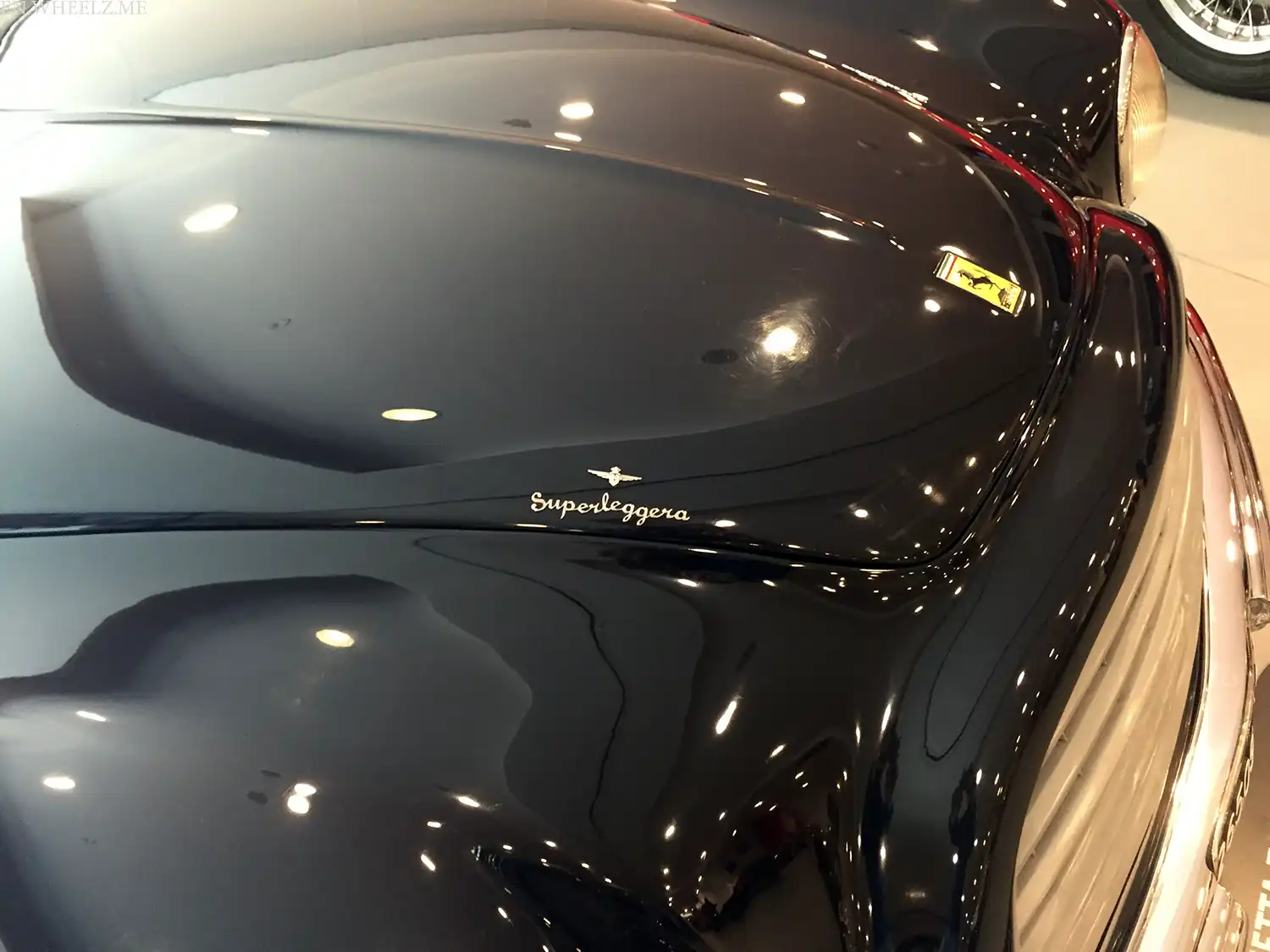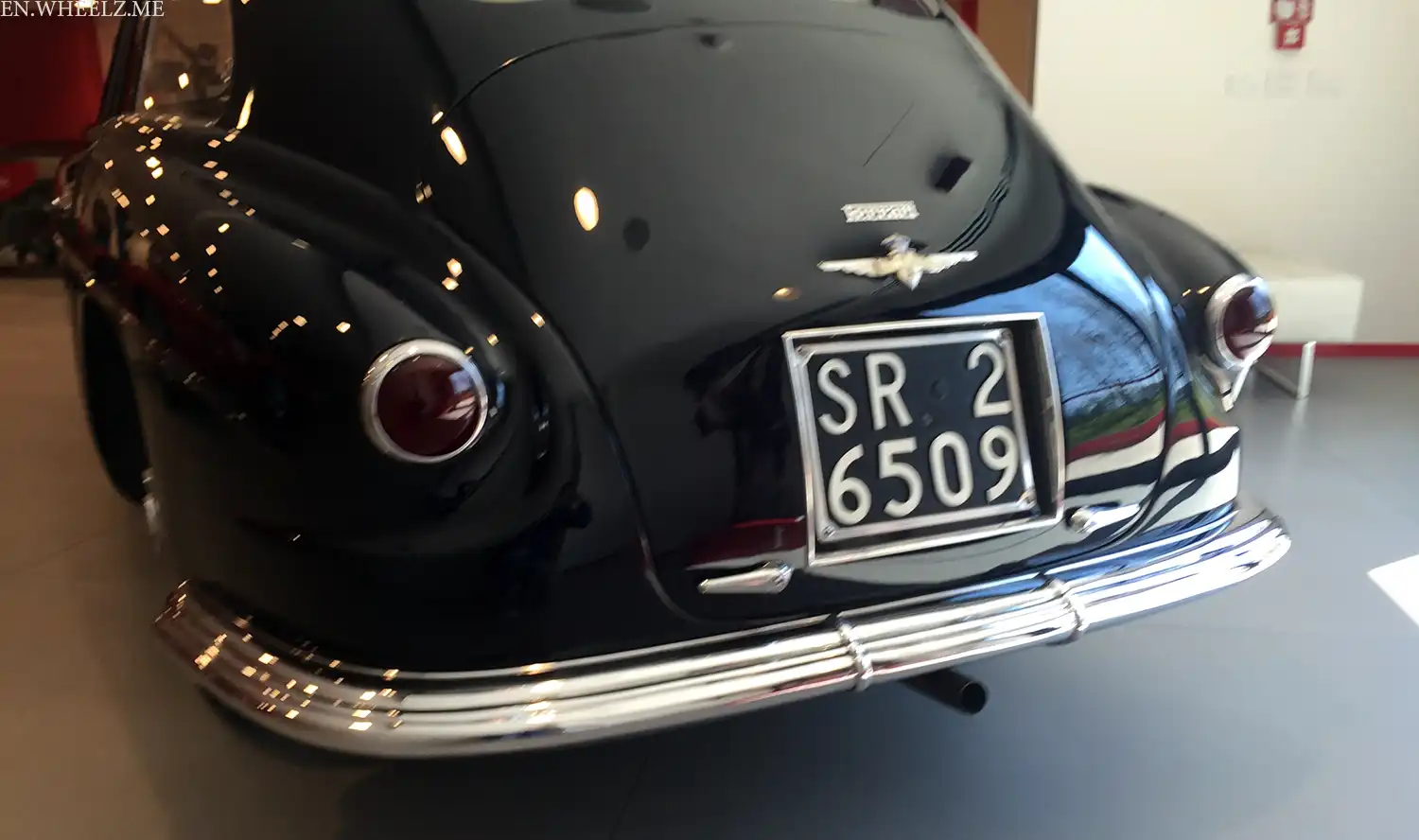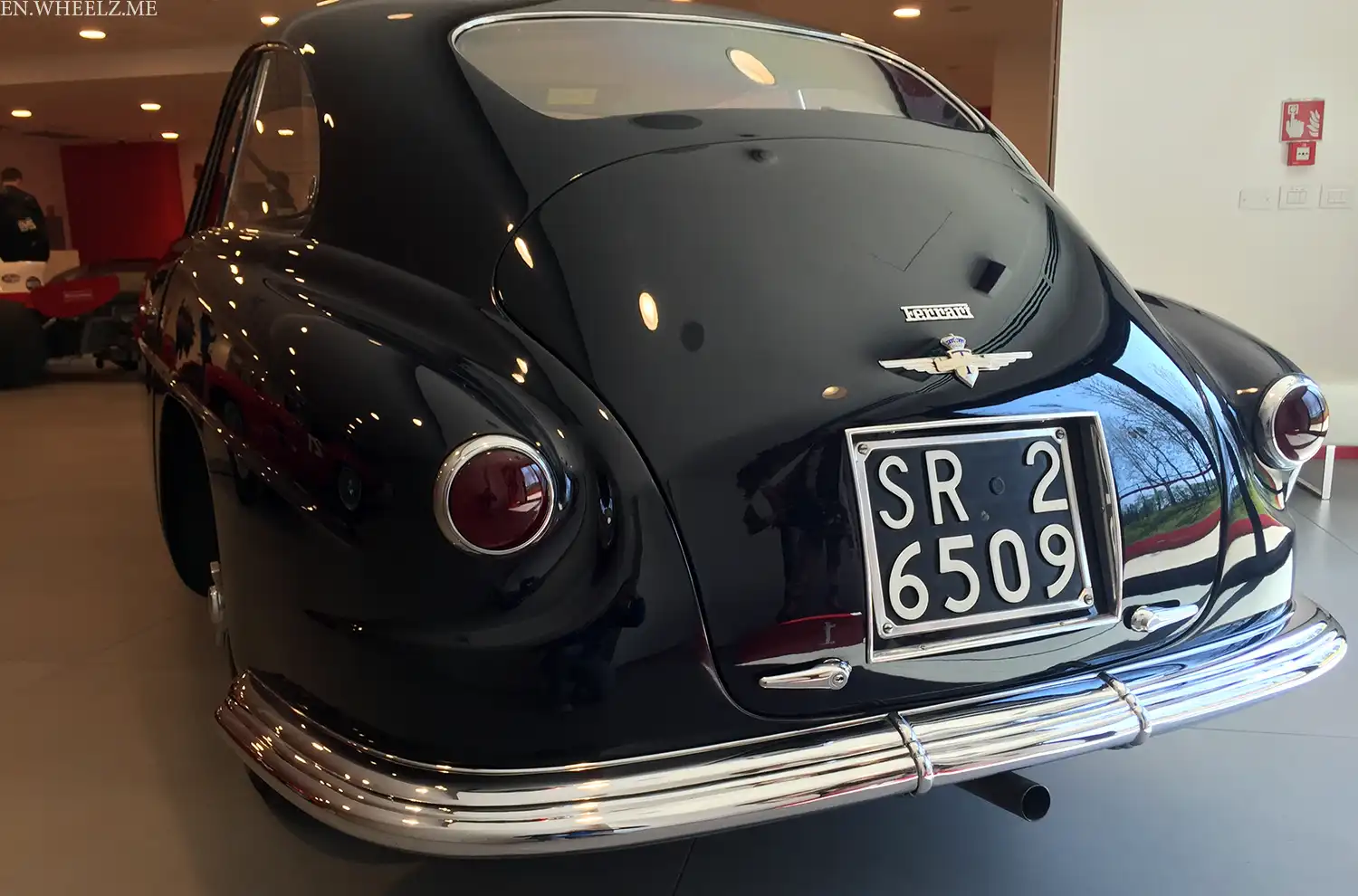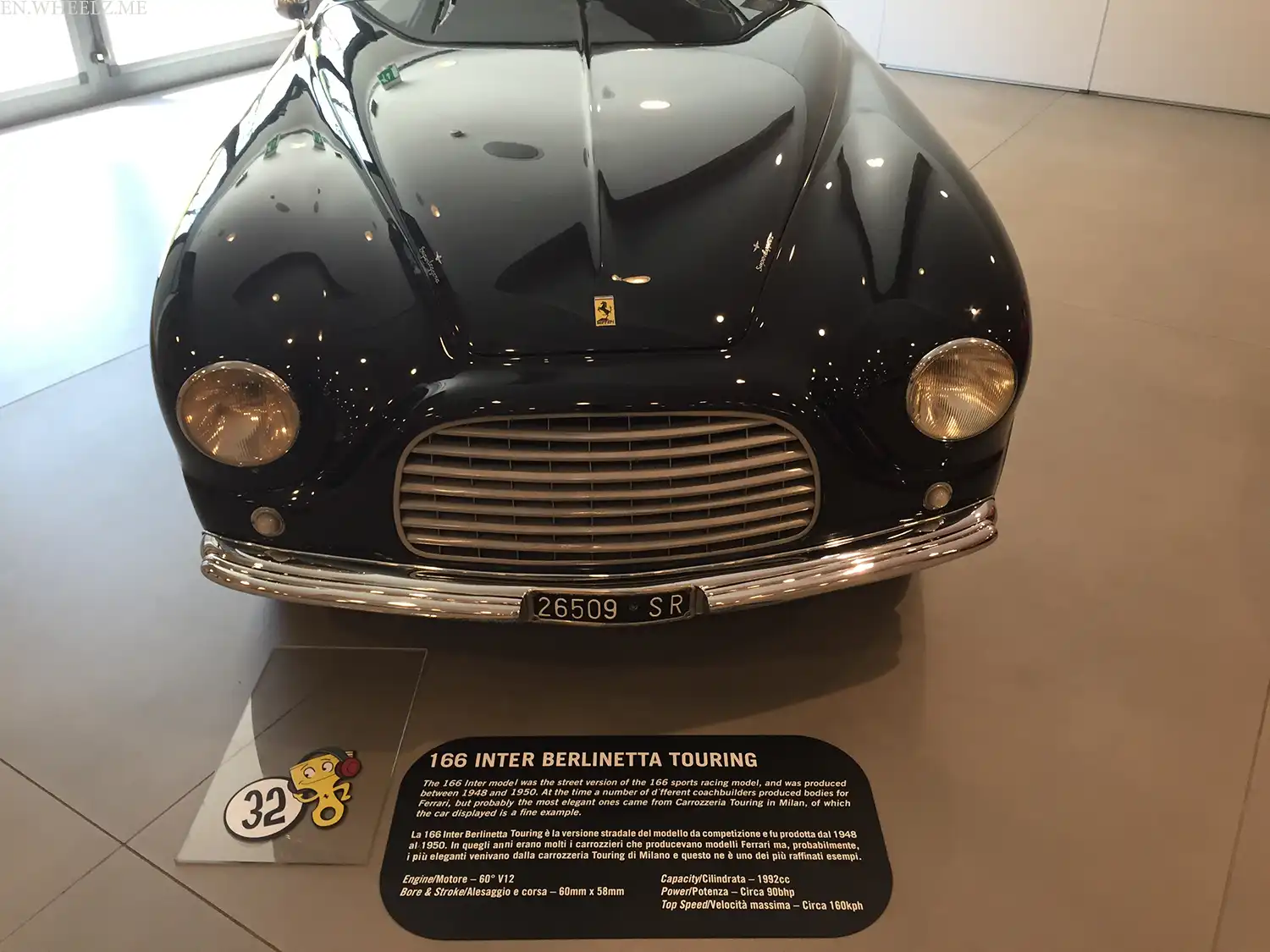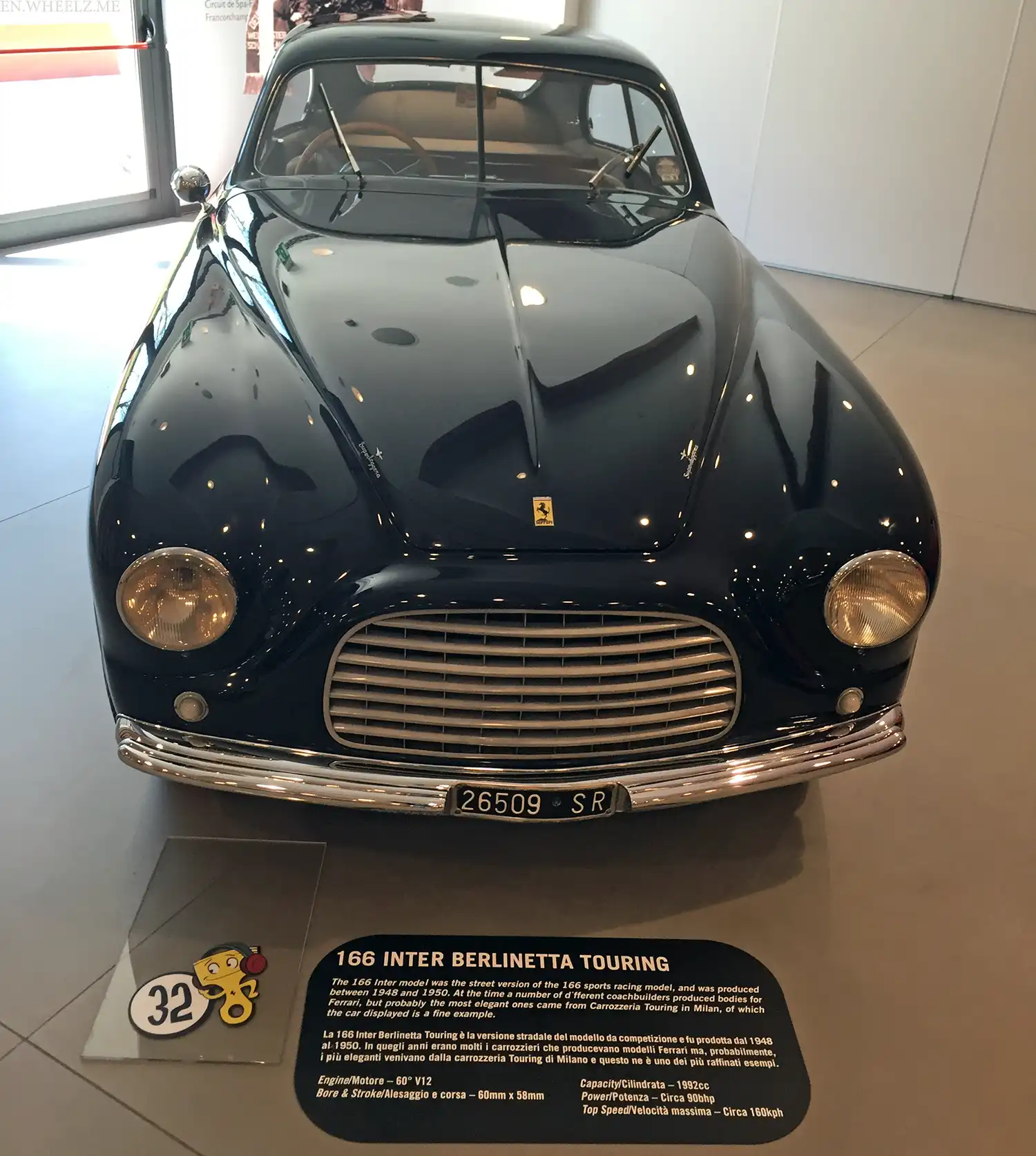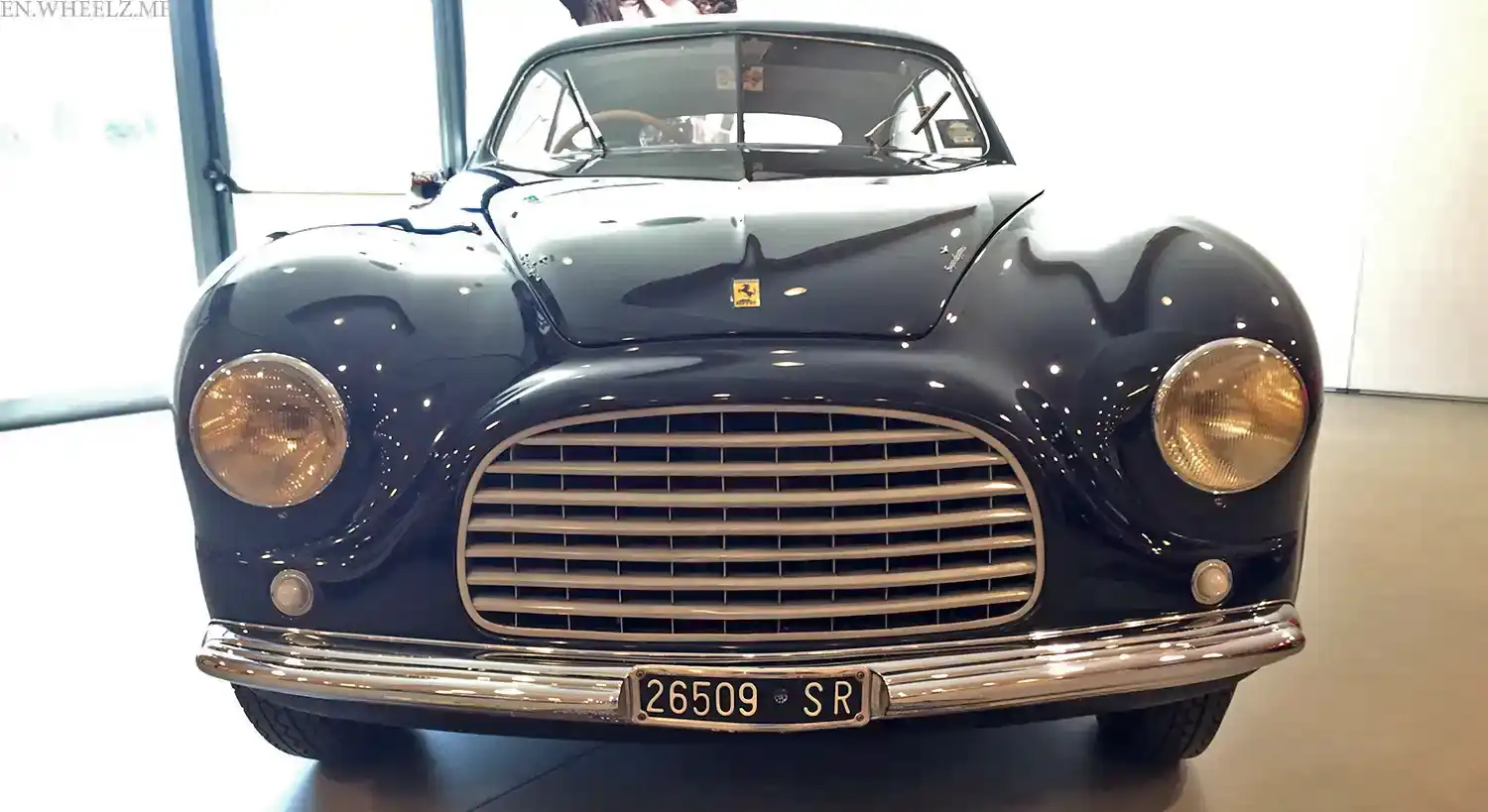
The Ferrari 166 Inter holds a significant place in the illustrious history of the Prancing Horse, marking the marque’s decisive entry into the realm of grand touring automobiles. Introduced in 1948, the 166 Inter was a direct evolution of Ferrari’s successful 166 racing lineage, adapted for sophisticated road use. It was Ferrari’s first model specifically designed for civilian customers, offering a blend of racing-derived performance and luxurious comfort. The “166” designation referred to the displacement of each cylinder in cubic centimeters, a common practice for early Ferrari models, while “Inter” signified its intent as an international grand tourer. Produced until 1950, various coachbuilders, including Touring, Ghia, and Stabilimenti Farina, crafted bespoke bodies for the 166 Inter chassis, each contributing to its unique character and timeless appeal. The Touring-bodied Berlinetta, in particular, became renowned for its elegant “Superleggera” (super-light) construction, a signature technique of Carrozzeria Touring of Milan that utilized a lightweight tubular frame over which aluminum alloy panels were hand-formed. This generation of Ferrari truly laid the groundwork for the brand’s future as a producer of high-performance, luxurious road cars.
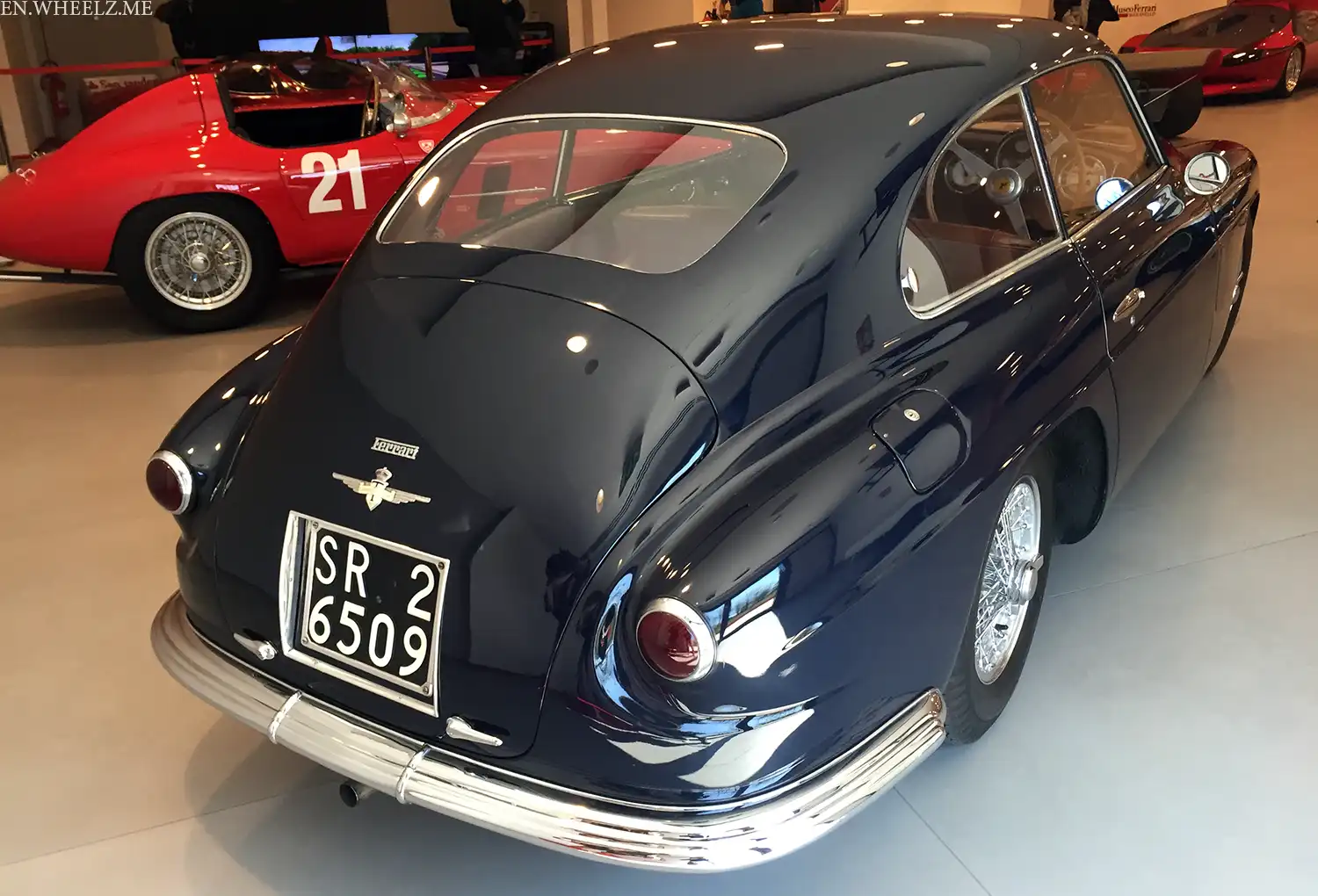
Design and Coachwork: A Symphony of Style: The Ferrari 166 Inter Berlinetta by Touring is a prime example of automotive artistry, showcasing the iconic “Superleggera” construction method. This innovative technique involved welding small-diameter steel tubes to form a lightweight skeleton, over which thin aluminum alloy body panels were meticulously hand-formed. The result was a car that was not only incredibly light but also possessed a fluidity of line and an undeniable elegance. The Berlinetta body style, characterized by its sleek, two-door coupe form, perfectly encapsulated the balance between sporting intent and luxurious touring. Each curve and contour of the body was crafted to convey speed and sophistication, contributing to a truly timeless silhouette. The attention to detail extended to every aspect, from the prominent grille, signifying its Ferrari lineage, to the graceful tapering of the rear.
Interior Appointments: Crafted for Grand Touring: The interior of the Ferrari 166 Inter Berlinetta Touring was designed to provide a comfortable and luxurious experience for long-distance travel, reflecting its grand touring aspirations. While specific configurations varied depending on the original owner’s bespoke requests, common elements included high-quality leather upholstery and finely crafted wood or metal trim. The cockpit was driver-focused, yet inviting for passengers, featuring clear instrumentation necessary for monitoring the vehicle’s performance. Seating was typically configured for two occupants, emphasizing the intimate and personal connection between driver and machine. The atmosphere inside was one of understated elegance and purposeful design, a true reflection of the sophisticated clientele it was intended for.
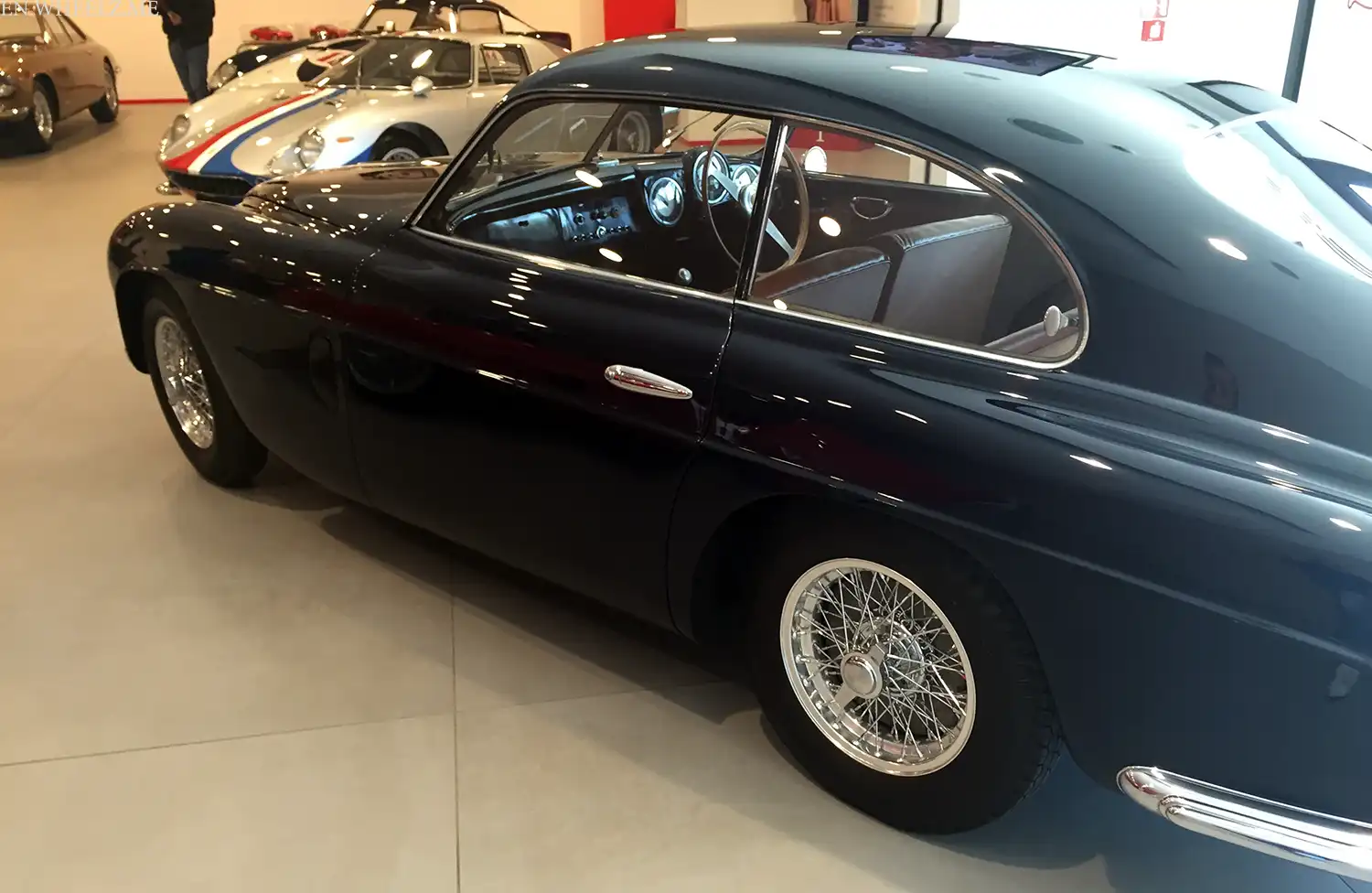
Chassis and Driving Dynamics: Racing Pedigree on the Road: The chassis of the 166 Inter was rooted in Ferrari’s racing experience, providing a robust yet agile platform. It featured an independent front suspension with wishbones and a transverse leaf spring, combined with a live rear axle suspended by semi-elliptic leaf springs. This setup, while conventional for its time, offered a commendable balance of ride comfort and handling prowess for a high-performance road car. The steering was precise, offering direct feedback to the driver, a characteristic that Ferrari maintained in its vehicles. Braking was handled by drums at all four corners, providing adequate stopping power for the car’s performance capabilities in its era. The combination of a lightweight body and a well-engineered chassis ensured that the 166 Inter was not only beautiful to behold but also a joy to drive, even on extended journeys.
Power and Performance: The Heart of the Lion: The Ferrari 166 Inter Berlinetta Touring was powered by Ferrari’s seminal Colombo-designed 2.0-liter (1,995 cc) “short block” V12 engine. This engine, a masterpiece of engineering for its time, featured a single overhead camshaft per bank and was typically fitted with either one or three Weber carburetors. In its Inter specification, the V12 produced around 90 to 110 horsepower, depending on the carburetor configuration. This output, while seemingly modest by today’s standards, was exceptionally potent for the late 1940s and early 1950s, allowing the 166 Inter to achieve top speeds in excess of 150 km/h (approximately 93 mph). The V12 engine was mated to a five-speed manual transmission, providing a wide range of gearing for both spirited driving and comfortable cruising. The sound of the small V12, a characteristic Ferrari symphony, was an integral part of the driving experience, announcing its presence with a distinctive, high-pitched wail.
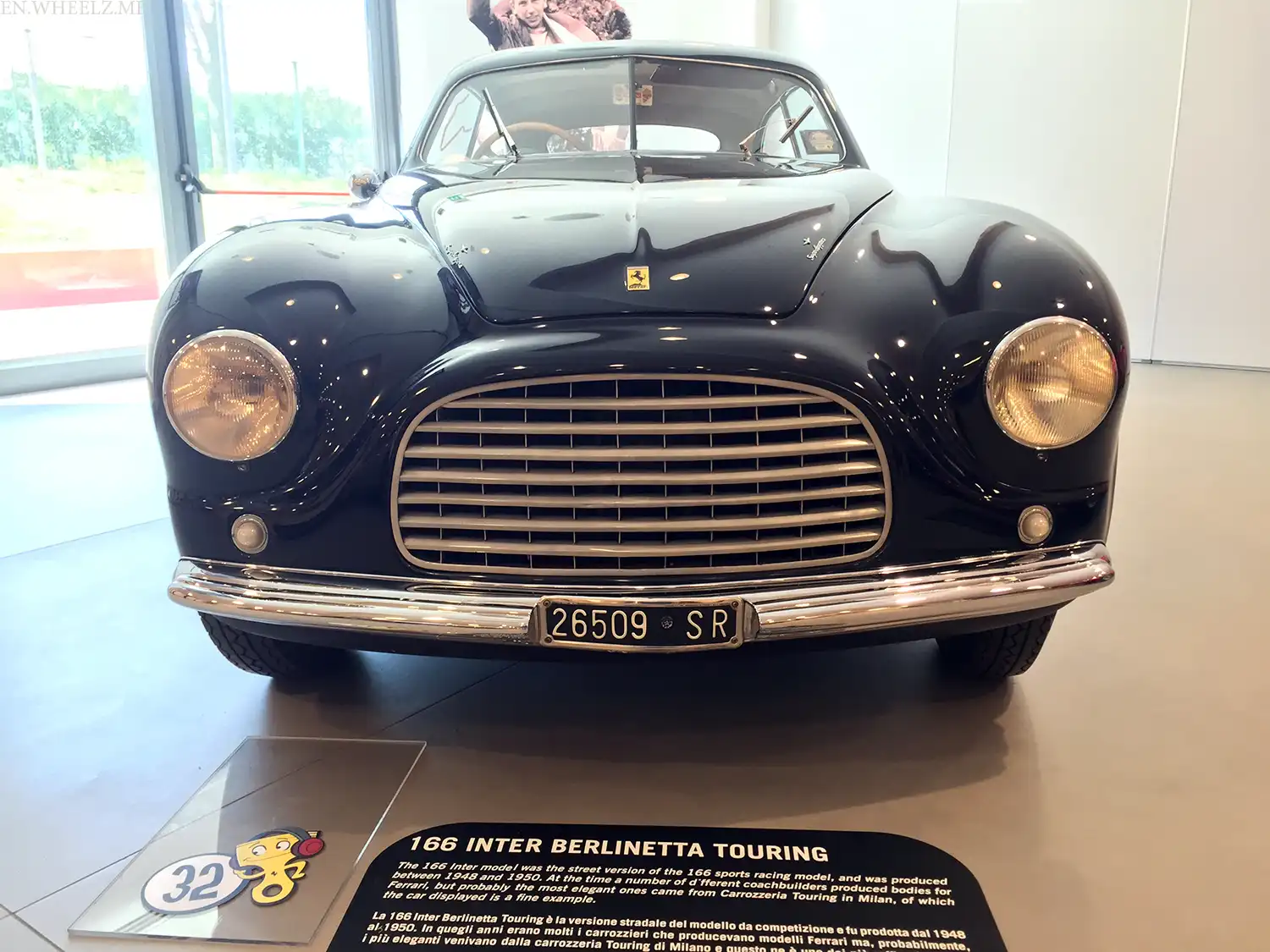
The Legacy: A Foundation for Future Greatness: The Ferrari 166 Inter Berlinetta Touring played a crucial role in establishing Ferrari’s reputation as a manufacturer of exclusive, high-performance road cars. It demonstrated Enzo Ferrari’s vision of using racing success to fund and develop exquisite road vehicles, a philosophy that continues to define the brand. Its limited production numbers, combined with its bespoke coachwork and racing pedigree, ensured its immediate status as a collectible. Today, the 166 Inter remains a highly coveted classic, admired for its historical significance, elegant design, and the foundational role it played in shaping Ferrari’s grand touring legacy. It truly is one of the auto icons that laid the groundwork for the Ferrari mystique.
Summary:
- The Ferrari 166 Inter, introduced in 1948, was Ferrari’s first model designed for civilian grand touring.
- Berlinetta Touring body featured elegant “Superleggera” construction with lightweight tubular frame and aluminum panels.
- Interior offered luxurious comfort with high-quality leather and driver-focused instrumentation.
- Chassis featured independent front suspension and live rear axle, providing balanced handling.
- Powered by a 2.0-liter (1,995 cc) Colombo-designed V12 engine producing 90-110 horsepower.
- Mated to a five-speed manual transmission, allowing for top speeds over 150 km/h.
- Played a crucial role in establishing Ferrari’s reputation for exclusive, high-performance road cars.
- Limited production and bespoke nature make it a highly coveted classic today.
Disclaimer: The details shared are for informational purposes only and are based on available historical records. Prospective enthusiasts should conduct their own thorough research and verification.
Photography: Photos by our friend Tony Nahas at the Ferrari Museum.
AI Assistance: Gemini
